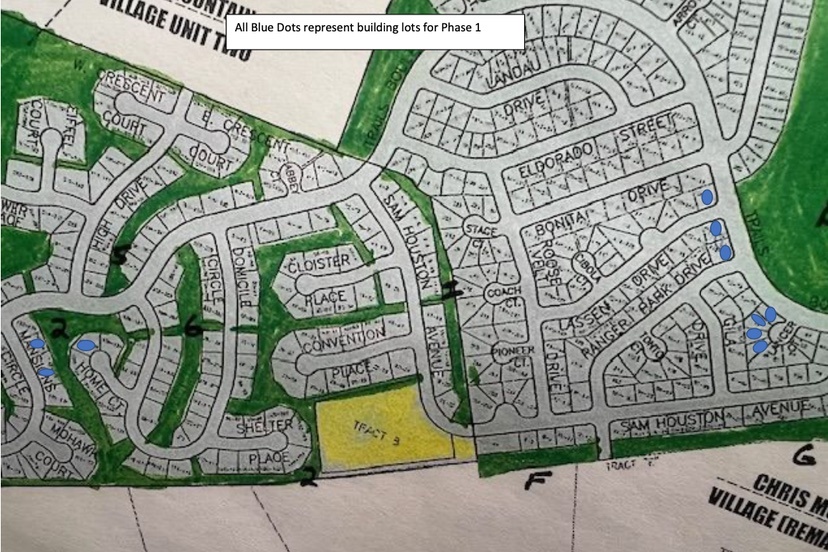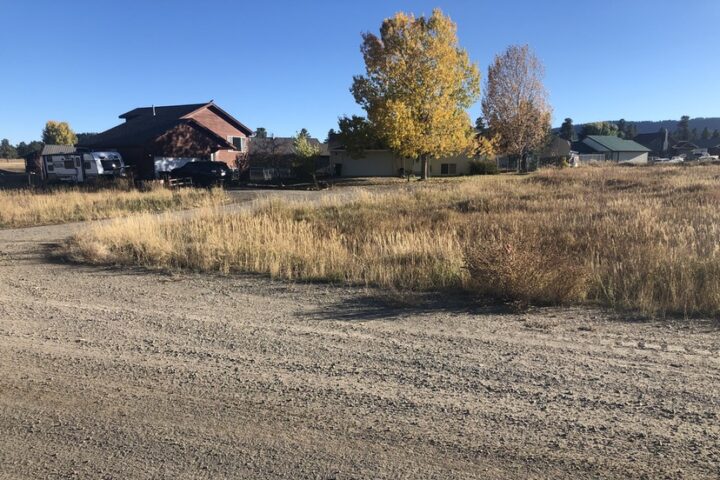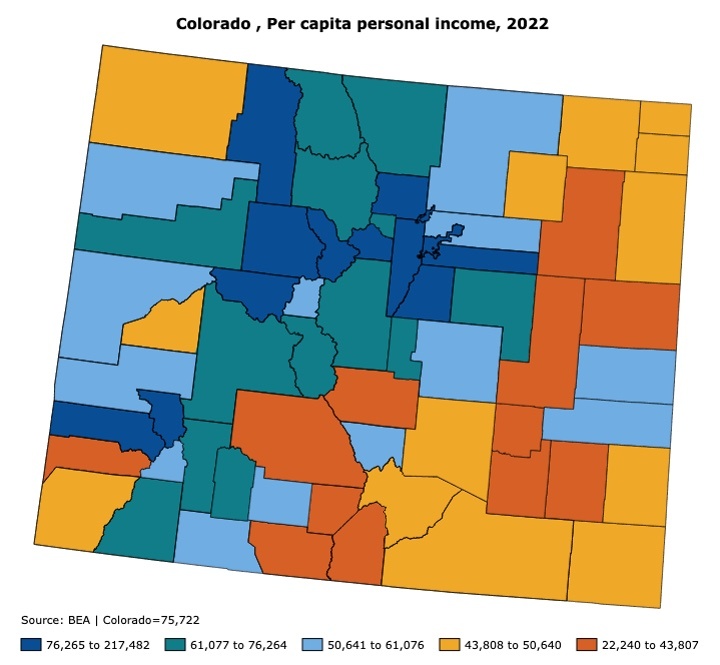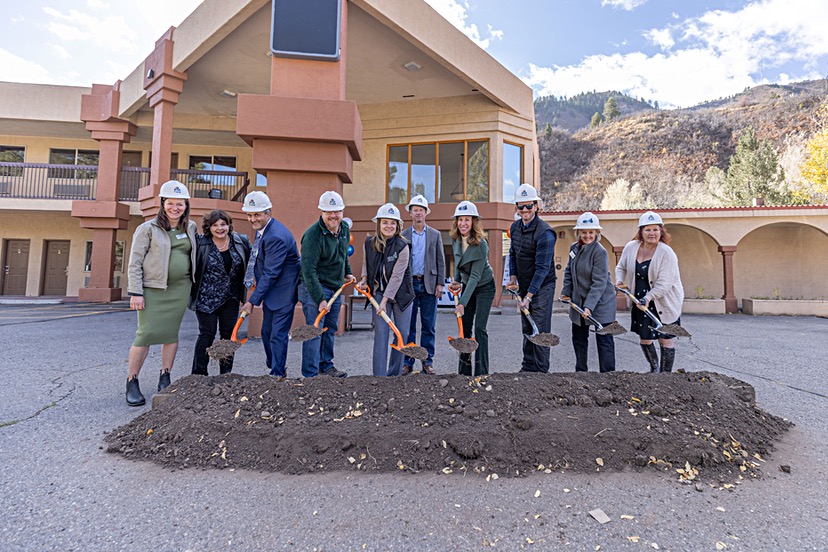As of December 4, 2023, PSCDC is accepting Request for Qualification (RFQ) submissions for Phase I of the Pagosa Springs CDC Workforce Housing Project…
— from the Pagosa Springs Community Development Corporation (PSCDC) website, December 7, 2023.
“The Ninja Warrior Housing Challenge.” That’s one way we might describe an ambitious Phase I housing project for 2024…
…by suggesting (tongue firmly in cheek) that the non-profit PSCDC is looking for Ninja Warrior carpenters capable of wielding nail guns with both hands while wearing roller skates and flying through the air.
The PSCDC board clearly feels more confident about their proposal than I do, and has posted an RFQ to find the right company to build 10 new homes during 2024.
We all realize what’s at stake here: a functional community vs. an enclave for millionaires and billionaires. So I take off my hat to the PSCDC, for their enthusiastic attempt to tackle this daunting issue, in hopes of generating 10 new attainable homes within 12 months.
They just need someone amazing to step up and build them. Here is the map included in the RFQ, showing where the homes will be built:

Four of the parcels face onto Lancer Court, in the Pagosa Trails subdivision.
Here’s a photo of Lancer Court showing the grassy field where the homes will appear.

Further north on Trails Boulevard, one corner parcel is on Ranger Park Drive, and two corner parcels face onto Lassen Drive.
The other three are in the Chris Mountain II subdivision; one on Home Court and two on Mansions Circle.
Eight of these parcels were tax lien repossessions, donated to PSCDC by the Archuleta Board of County Commissioners. Two parcels were donated by Live Oakes Land.
From the PSCDC website, where you can download the 59-page RFQ:
The RFQ is seeking a qualified development team to work collaboratively with PSCDC to create high-quality, attainable housing for year-round workers. The selected developer will be part of a unique public-private project that will serve as a model for rural areas in Colorado into the future.
The Pagosa Springs CDC Housing Project is open to consideration of all creative, viable concepts that are consistent with the objectives of the RFQ. PSCDC encourages all financially-strong developers with a solid record of successful performance in residential projects to apply.
All RFQ responses must be submitted electronically in Adobe Acrobat PDF format to Emily Lashbrooke (Emily@pagosaspringscdc.org) and Michael Yerman (Michael@myruralplanner.com). Please note there are two submittal deadlines:
- Letter of Interest: January 5, 2024 at 5:00pm (MST)
- Final Proposal: January 25, 2024 at 5:00pm (MST)
In February 2023, the PSCDC Board of Directors added ‘workforce housing’ to its strategic plan. This made perfect sense, because the central mission of the PSCDC is economic growth — something that cannot easily happen in a community that lacks workforce housing options.
Since that time, the PSCDC has worked collaboratively with Archuleta County leadership, Habitat for Humanity of Archuleta County, local banks, community stakeholders, and other organizations to develop a comprehensive workforce housing plan with the following goals:
- To ensure our community’s workforce is successful in attaining long-term, safe, and energy-efficient housing to provide housing opportunities and homeownership opportunities to our community’s workforce
- To work with our local Town of Pagosa Springs and Archuleta County leadership in creating compatible housing within their jurisdictions
- To establish capacity for future projects to be replicated in additional phases
- To establish housing protocols and assist with bringing in external funding to reduce the affordability gap for homeowners
Archuleta County donated 35 vacant lots to PSCDC in 2023, located in the Chris Mountain II and Trails subdivisions, at the west end of town and within the Pagosa Lakes Property Owners Association (PLPOA). The primary objective of the Pagosa Springs CDC Workforce Housing Project is to build 10 new single-family housing units, with all 10 homes to be completed in 2024.
These 10 units represent the inaugural step in PSCDC’s broader endeavor to create workforce housing within our community.
Affordability is paramount to the success of this community project, and PSCDC will provide multiple economic incentives to help reduce costs. This is not a low-income housing project; it is targeted toward the “missing middle” home buyers who earn between 80% to 140% AMI, with a target price range between $280,000 to $340,000. PSCDC’s goal is to pass only vertical construction costs to home buyers and utilize gap funding and down payment assistance to help manage costs and affordability.
We’ve published a few articles here in the Daily Post about the housing crisis here. Okay, more than a few. In fact, it seems like almost every other editorial series has some connection to our housing problems.
Recently, the Colorado General Assembly — with the cooperation of the Colorado voters and taxpayers — set aside millions of dollars to address this issue, and the first communities to apply for the appropriate grant funding, with a ‘shovel-ready’ project, will most likely find themselves at the front of the line for funding.
Will Archuleta County be among them?
It’s slightly depressing to me — the idea that Archuleta County cannot solve its housing crisis without financial subsidies from the state of Colorado. But it seems like every county in Colorado is struggling with housing, at some level — even the wealthiest counties. Maybe, especially, the wealthiest counties.
Disclosure: I currently serve on the non-profit Pagosa Housing Partners (PHP) board of directors, but this editorial reflects only my own opinions, and not necessarily those of the PHP board as a whole.
I found this map on the federal Bureau of Economic Analysis (BEA) website, showing the ‘per capita income’ of Colorado counties, as of 2022.

As we can see, Archuleta County runs somewhere in the middle of the pack, with a ‘per capita income’ of $55,120. At the bottom of the list we find Crowley County, with an estimated per capita income of $22,240, and at the top of the list, Pitkin County at $217,482.
‘Per capita income’ is calculated by taking the total income of all families and individuals in Archuleta County and then dividing by the number of residents. A group of very wealthy people — millionaires or billionaires — can skew the numbers.
The average income for a working household in Archuleta County — typically two or three people — appears to be around $55,000… meaning that the ‘per capita income’ for a typical working family is probably $26,000 or less.
My point here is: Archuleta County is not a “poor county”. We have a lot of relatively poor people living here, but we also have a lot of very wealthy people. So I feel compelled to ask…
Do we have to rely on the state government to solve our housing crisis?

